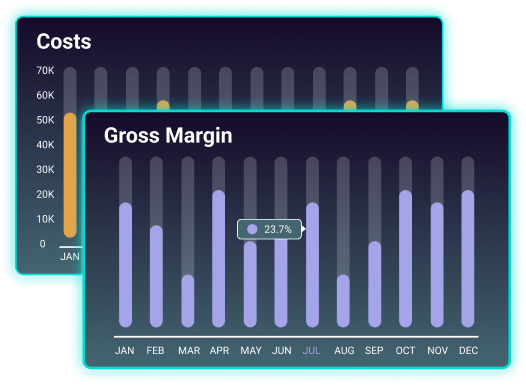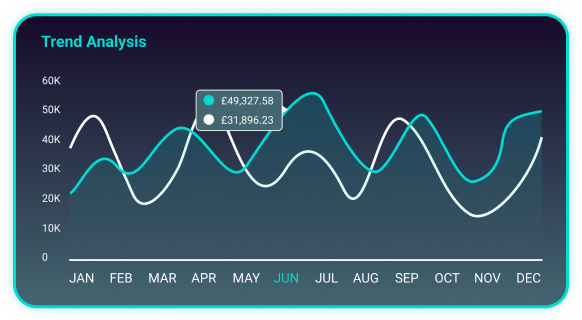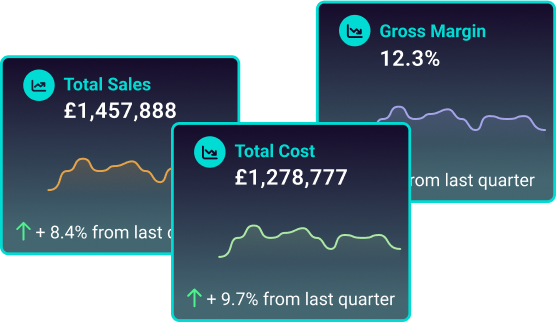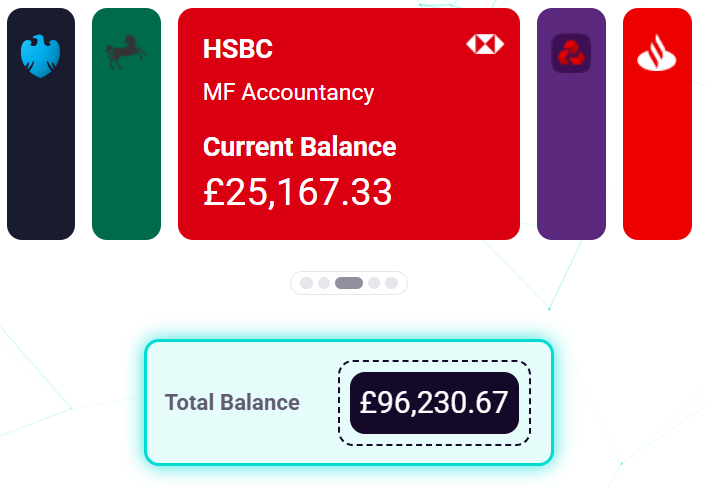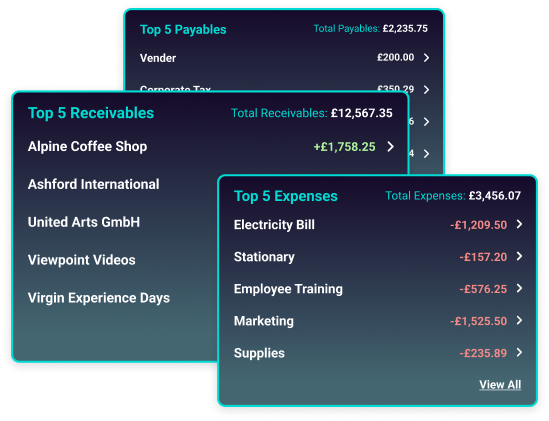Integrations
We connect you to your clients
Imagine giving your clients 24/7 access to a web-based portal that reveals the impact of every financial decision.
Pulse offers quick access to key business financial data, transforming it into actionable insights.
See all integrations30,000+
Open Banking Connections
4,000+
Open Accounting Connections
5,000+
Users








.svg)










